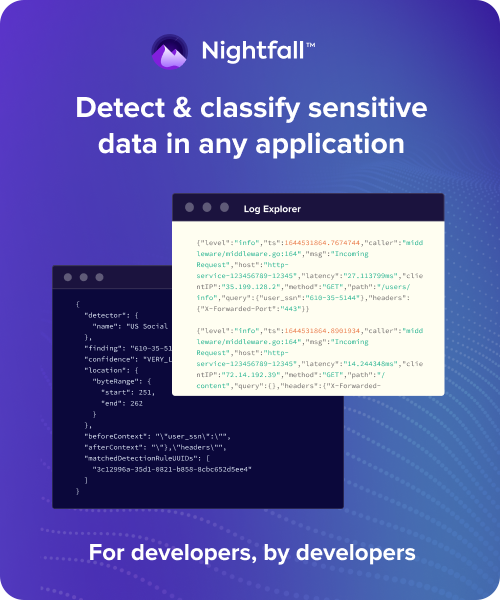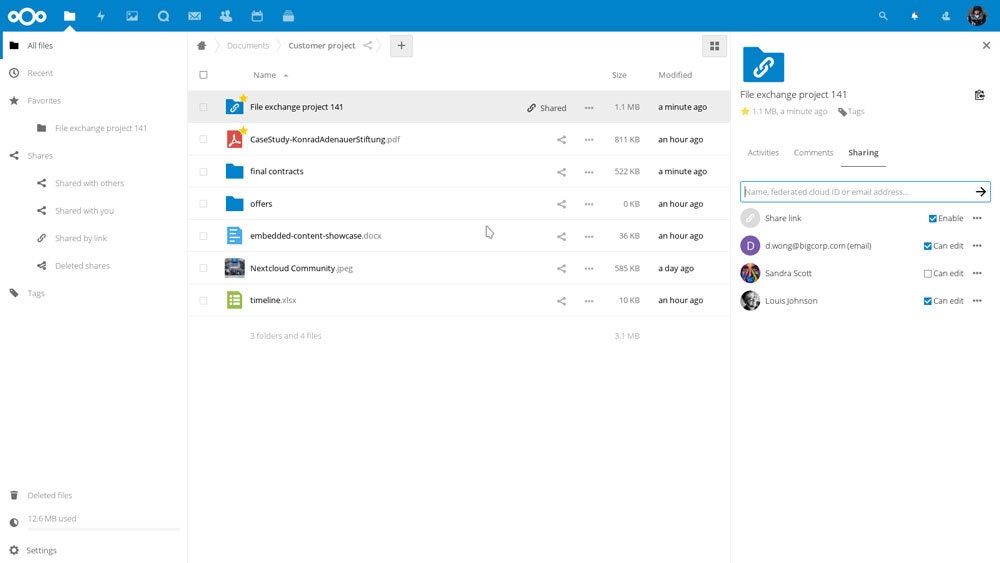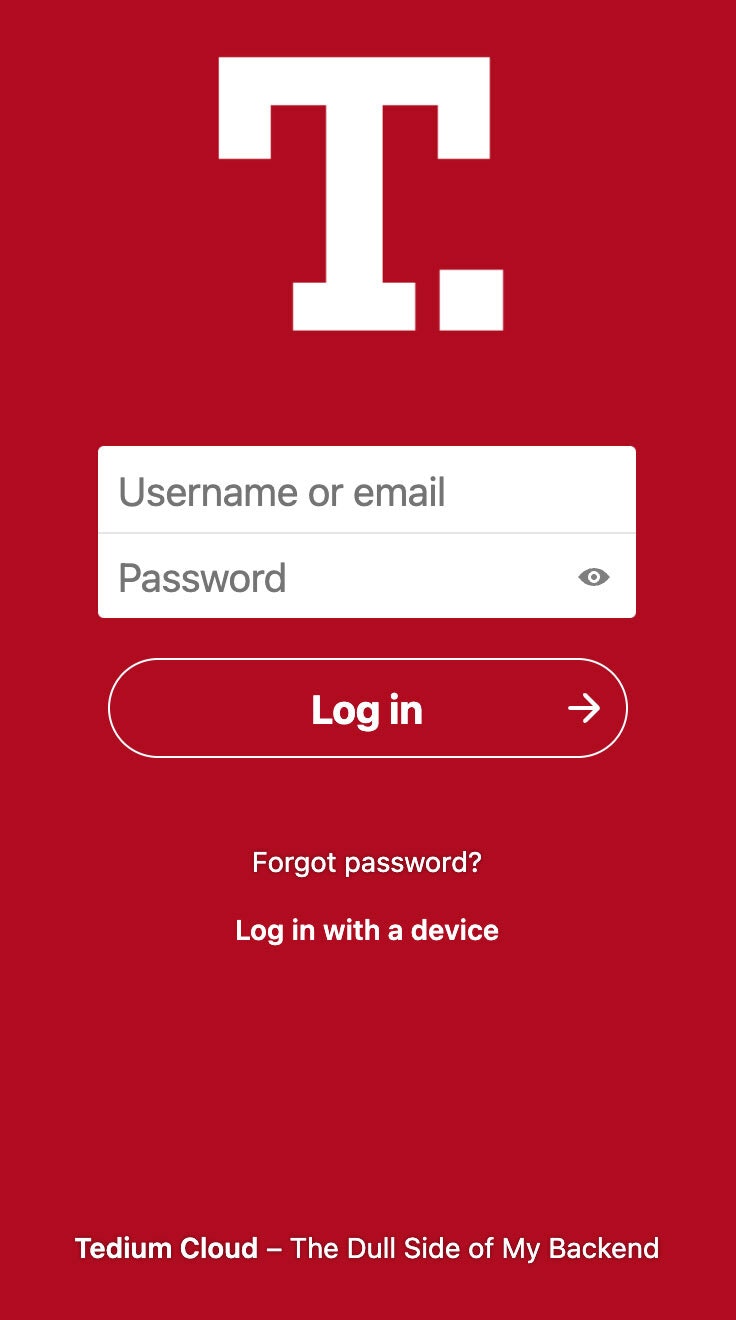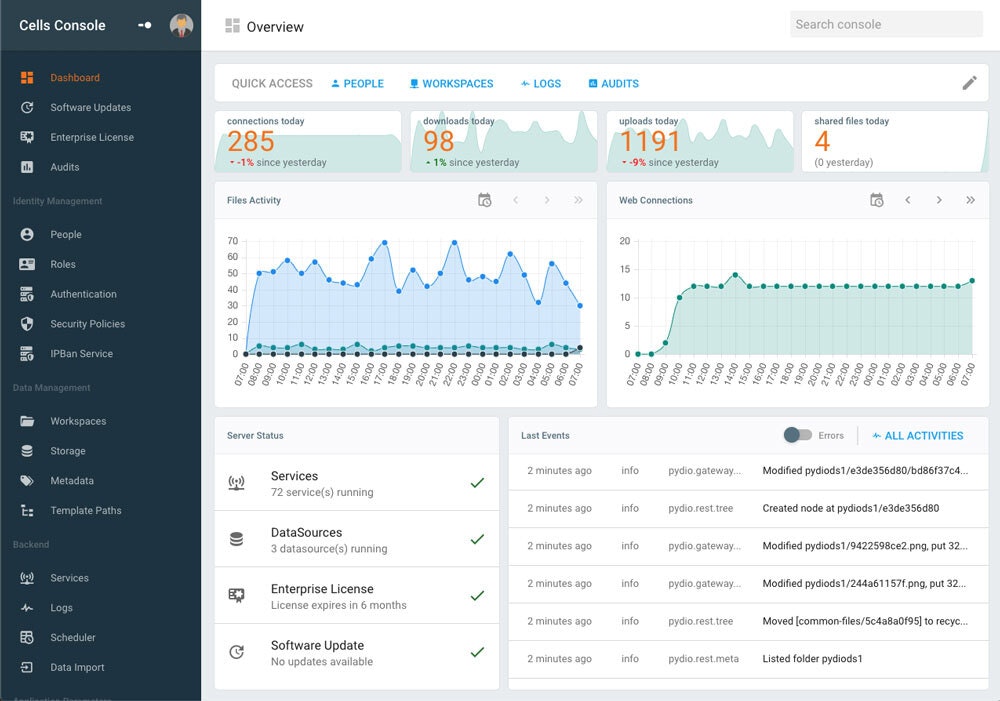Tedium - Cloud Caper ☁️
|
|
|
|
|
|
|
|
|
|
|
|
|
Older messages
Punts, Pop, and Patriotism 🇺🇸
Friday, February 11, 2022
The weirdest Super Bowl, with the best singing performance, ever. Here's a version for your browser. Hunting for the end of the long tail • February 11, 2022 Hey all, Ernie here with a piece from
Heart Of Mold ❤️🍕
Wednesday, February 9, 2022
Why heart-shaped pizzas (and other types of heart-shaped food) exist. Here's a version for your browser. Hunting for the end of the long tail • February 09, 2022 Today in Tedium: It doesn't
You’re Being Misled 🤨
Wednesday, February 2, 2022
When packaging gets misleading. Here's a version for your browser. Hunting for the end of the long tail • February 02, 2022 Today in Tedium: A few years ago, I wrote a tweet, which I imagine is
Sounding Board 🔊
Friday, January 21, 2022
Upsetting the internet by pointing out specialized file formats. Here's a version for your browser. Hunting for the end of the long tail • January 21, 2022 Today in Tedium: A couple months ago, on
Surfing Upstream 🏄♂️
Wednesday, January 19, 2022
Why a browser that costs money might protect your privacy. Here's a version for your browser. Hunting for the end of the long tail • January 19, 2022 Today in Tedium: It's often been suggested
You Might Also Like
This Week in Rust #588
Saturday, March 1, 2025
Email isn't displaying correctly? Read this e-mail on the Web This Week in Rust issue 588 — 26 FEB 2025 Hello and welcome to another issue of This Week in Rust! Rust is a programming language
WebAIM February 2025 Newsletter
Friday, February 28, 2025
WebAIM February 2025 Newsletter Read this newsletter online at https://webaim.org/newsletter/2025/february Feature Global Digital Accessibility Salary Survey Results The results of the WebAIM and GAAD
JSK Daily for Feb 28, 2025
Friday, February 28, 2025
JSK Daily for Feb 28, 2025 View this email in your browser A community curated daily e-mail of JavaScript news Introducing the New Angular TextArea Component It is a robust and flexible user interface
Daily Coding Problem: Problem #1704 [Medium]
Friday, February 28, 2025
Daily Coding Problem Good morning! Here's your coding interview problem for today. This problem was asked by Amazon. At a popular bar, each customer has a set of favorite drinks, and will happily
iOS Dev Weekly – Issue 701
Friday, February 28, 2025
What does Dave write about when he has a fever? 🤒 Let's find out!
Feature | The Best Visualizations from February on Voronoi 🏆
Friday, February 28, 2025
See the most popular, most discussed, and most liked visualizations on our new data storytelling app Voronoi from February. View Online | Subscribe About a year ago, we launched Voronoi, our free new
Issue #582: Phaser Launcher, DOOM in TypeScript types, and A Prison for Dreams
Friday, February 28, 2025
View this email in your browser Issue #582 - February 28th 2025 Weekly newsletter about Web Game Development. If you have anything you want to share with our community please let me know by replying to
Stop Android photo surveillance 🔍
Friday, February 28, 2025
Cheaper streaming 📺; 1Password nightmare 💀 -- ZDNET ZDNET Week in Review - US February 28, 2025 machine eye A new Android feature is scanning your photos for 'sensitive content' - how to stop
Why Natural Language Coding Isn’t for Everyone—Yet
Friday, February 28, 2025
Top Tech Content sent at Noon! Boost Your Article on HackerNoon for $159.99! Read this email in your browser How are you, @newsletterest1? 🪐 What's happening in tech today, February 28, 2025? The
iOS Cocoa Treats
Friday, February 28, 2025
View in browser Hello, you're reading Infinum iOS Cocoa Treats, bringing you the latest iOS related news straight to your inbox every week. Animatable Protocol: Taming Unruly SwiftUI Animations In








